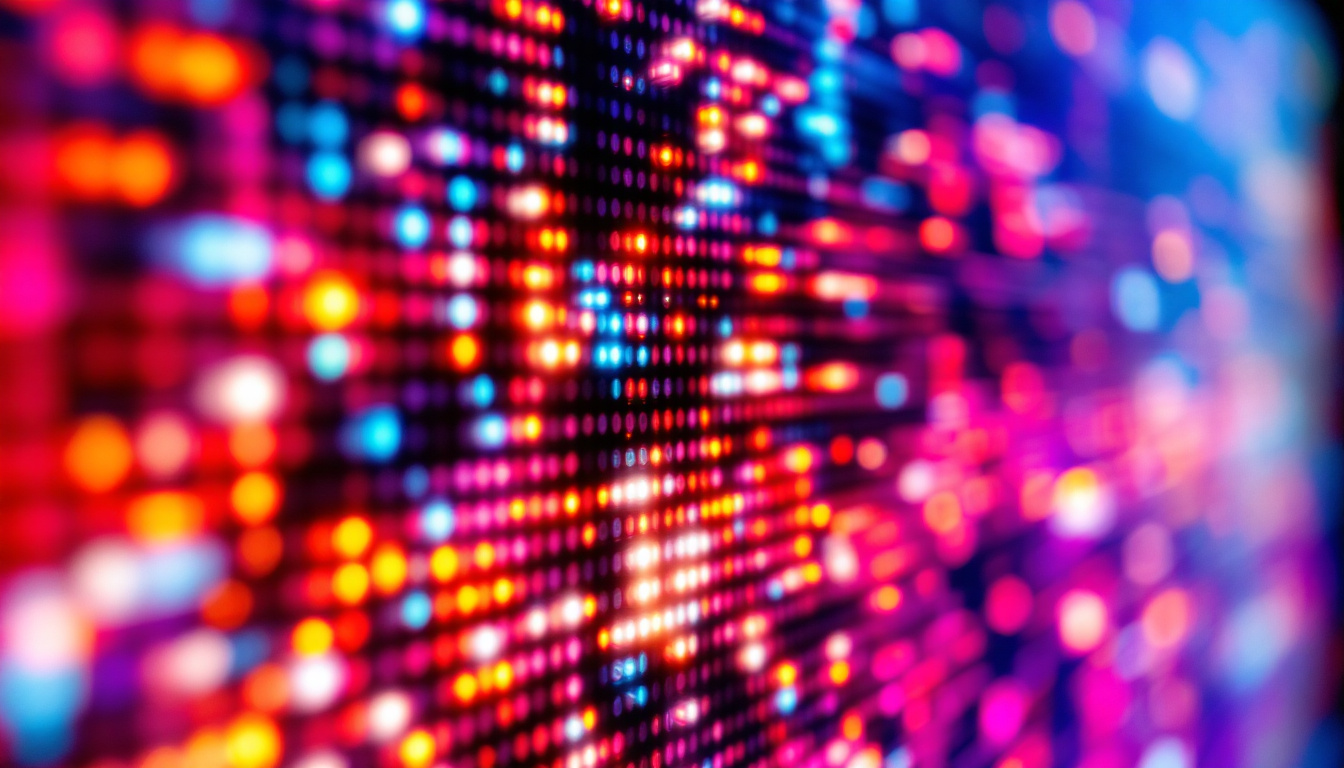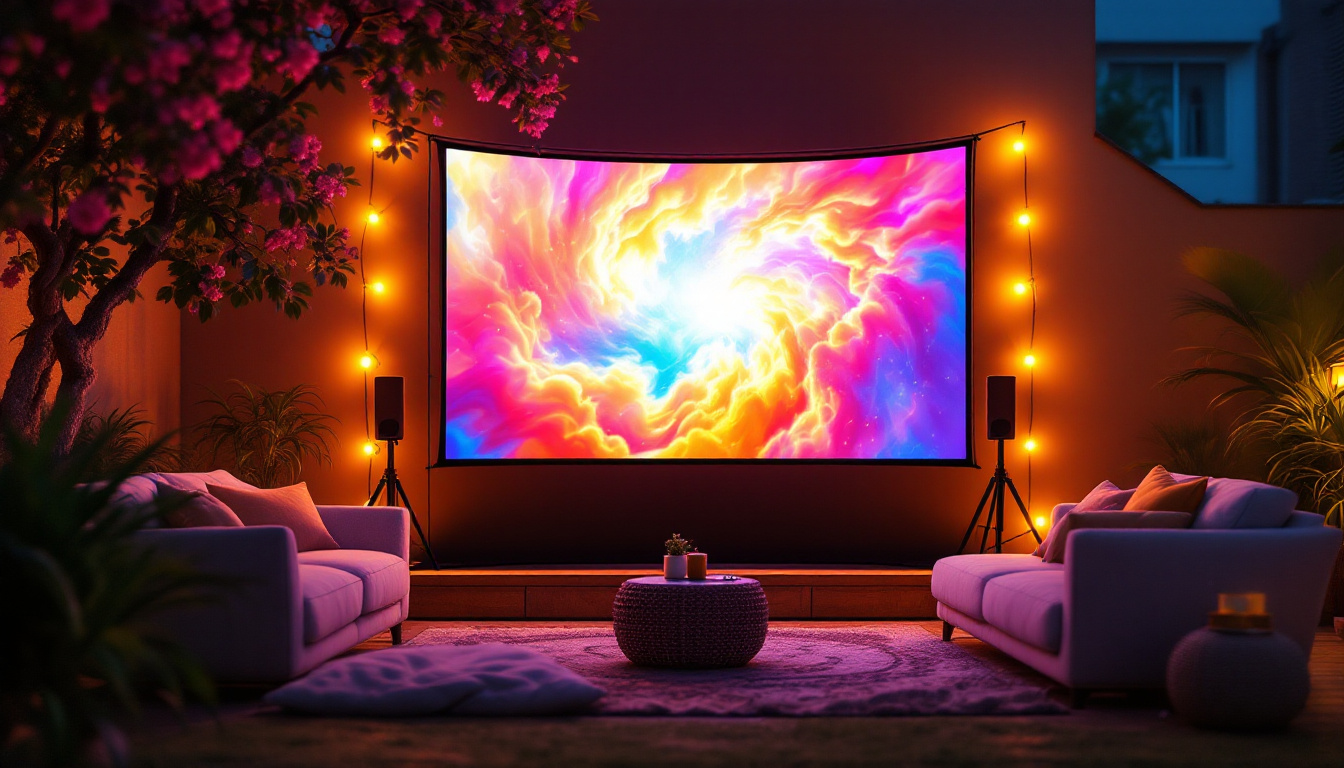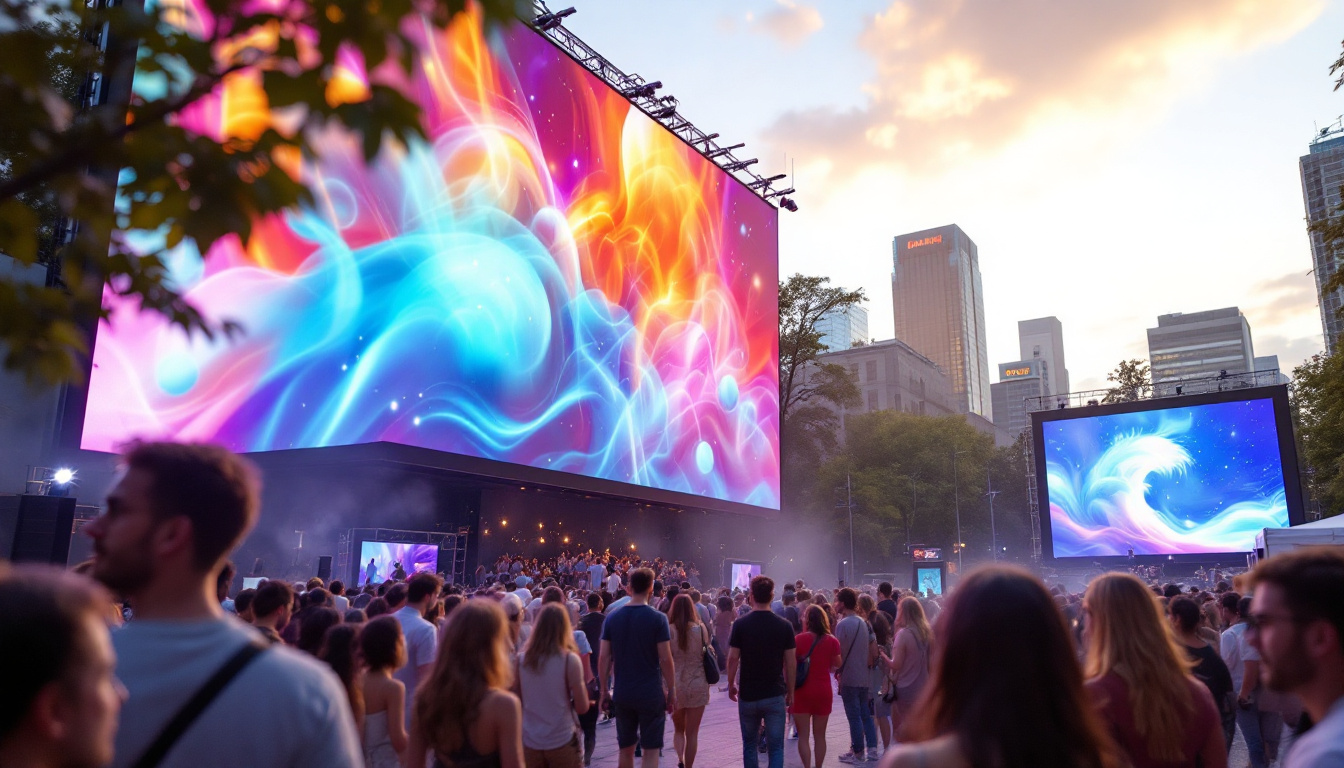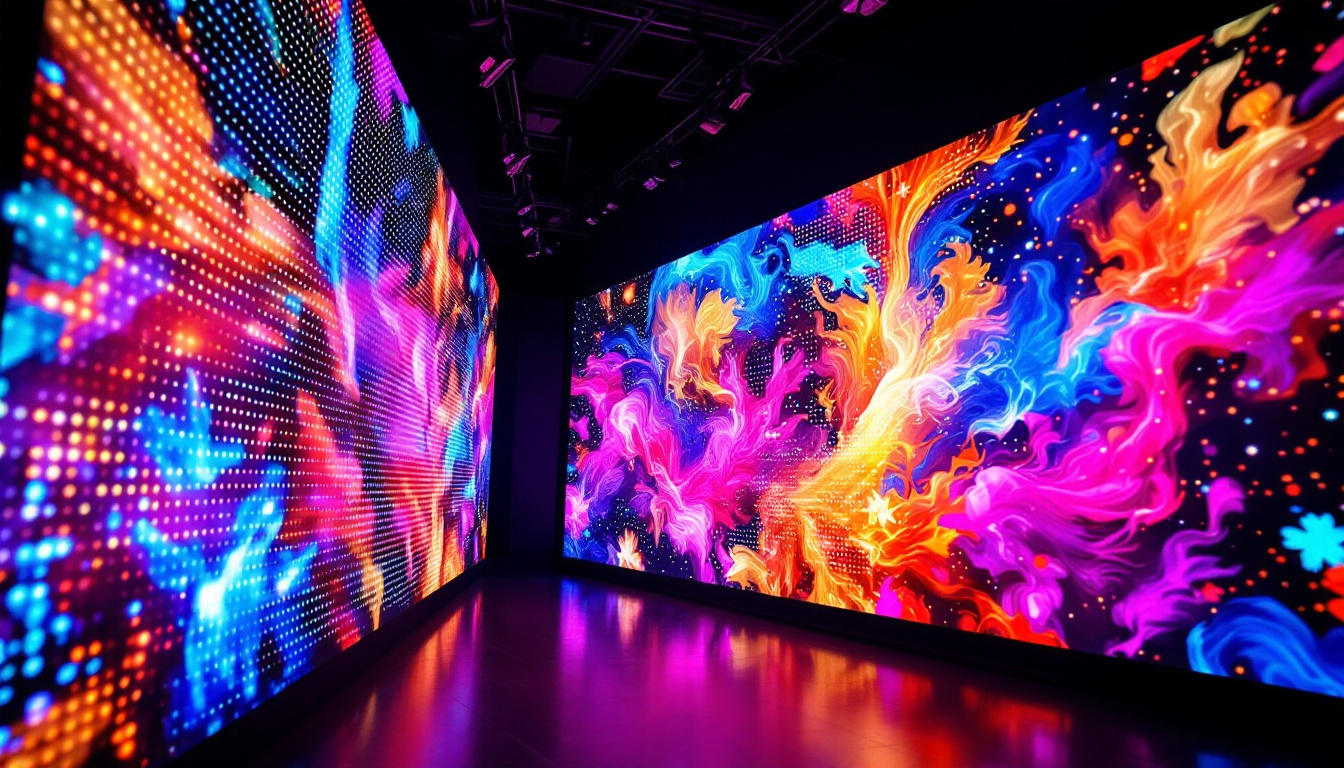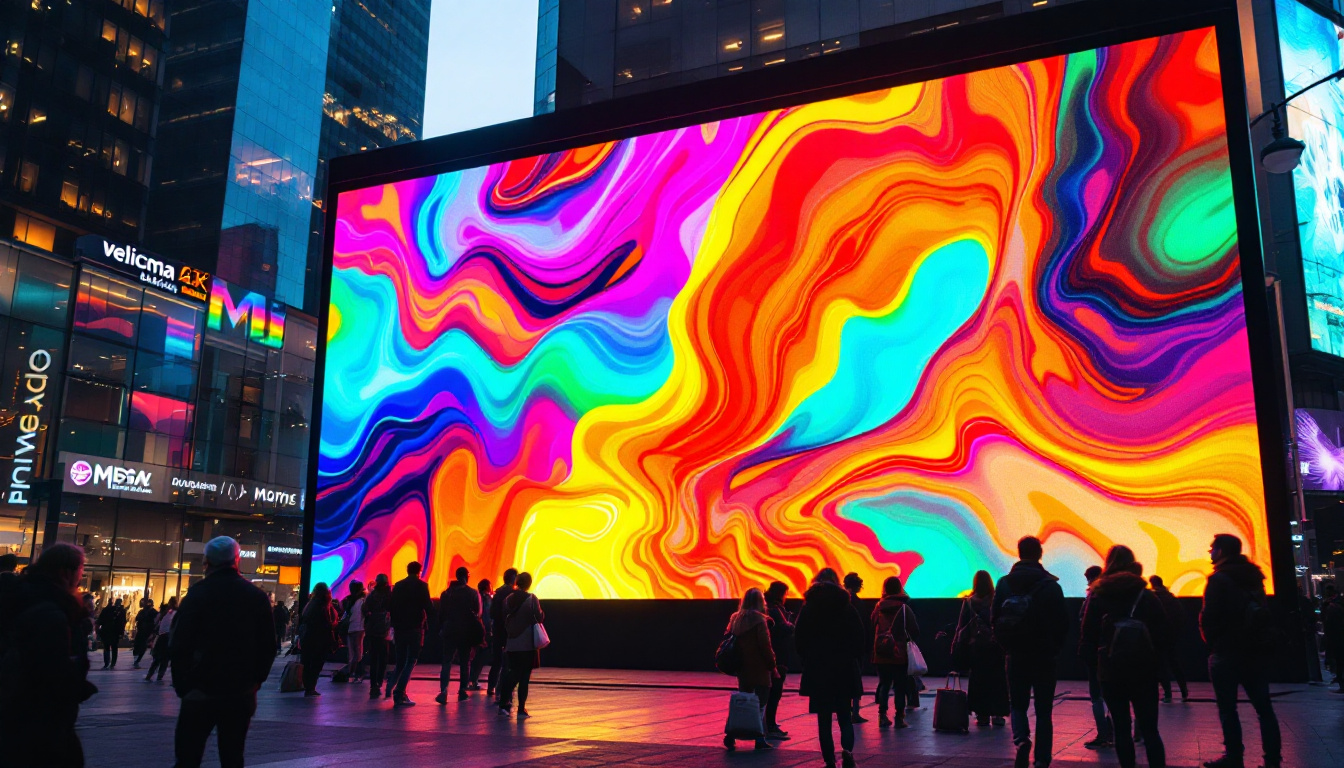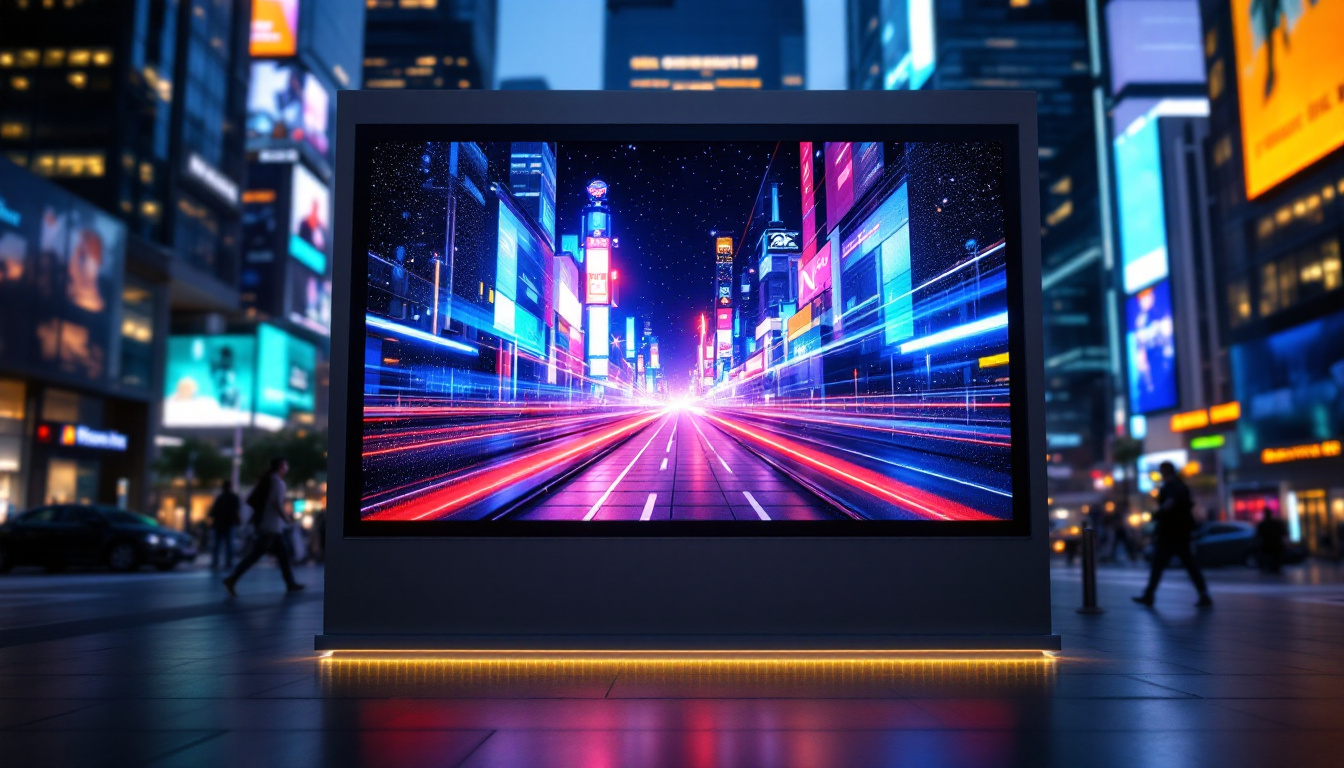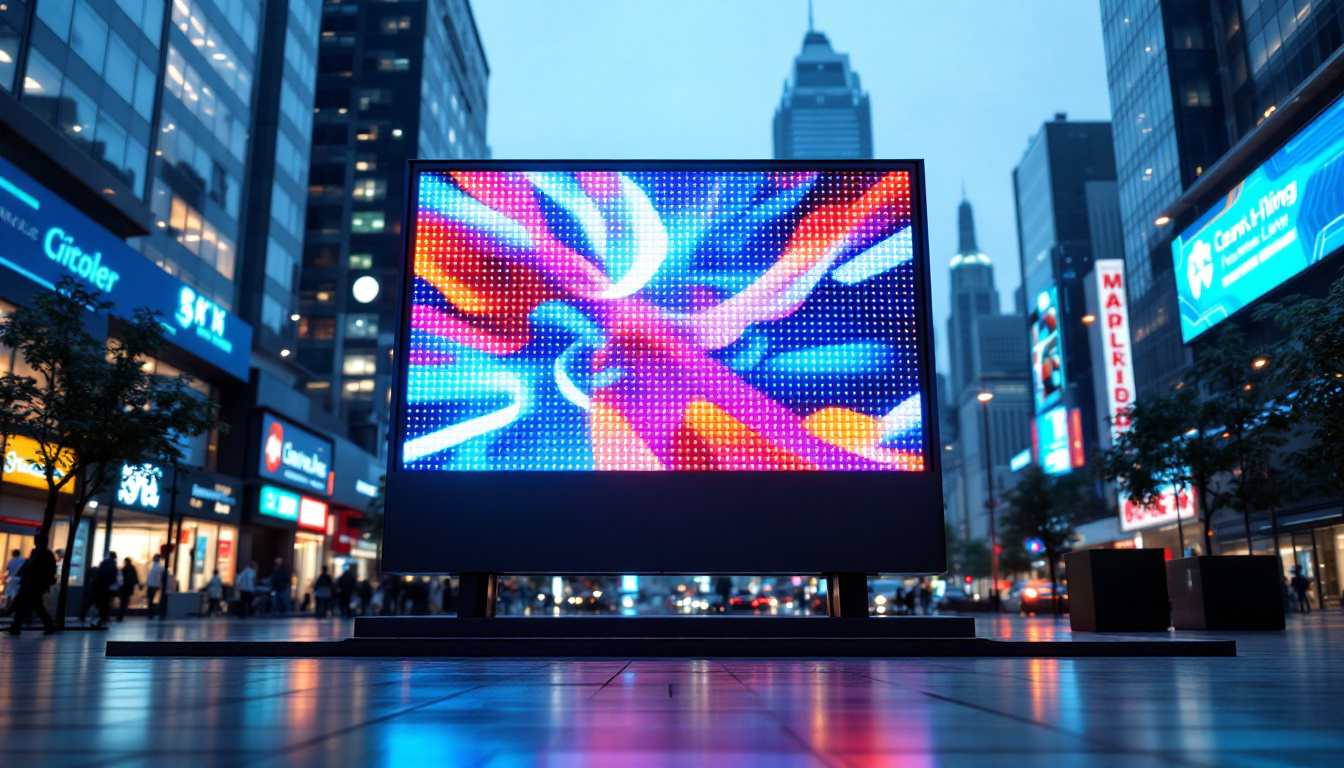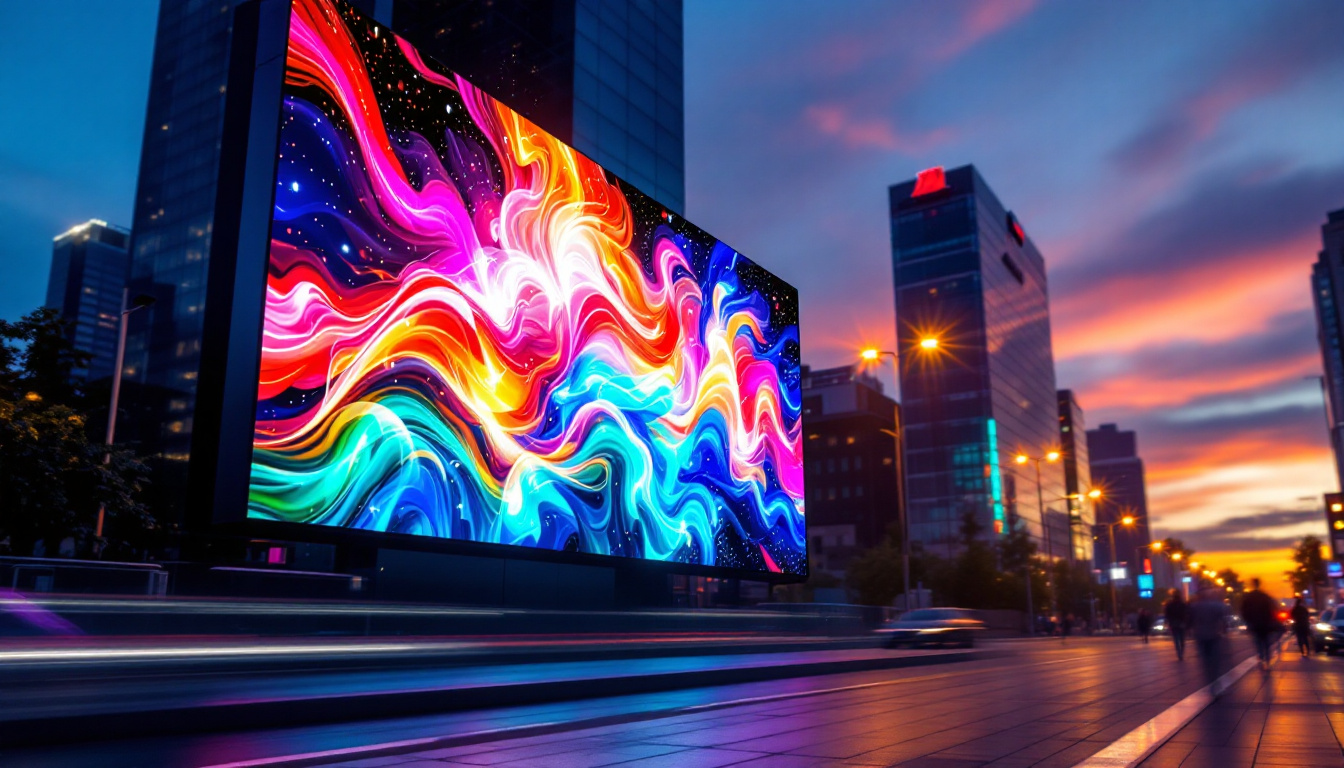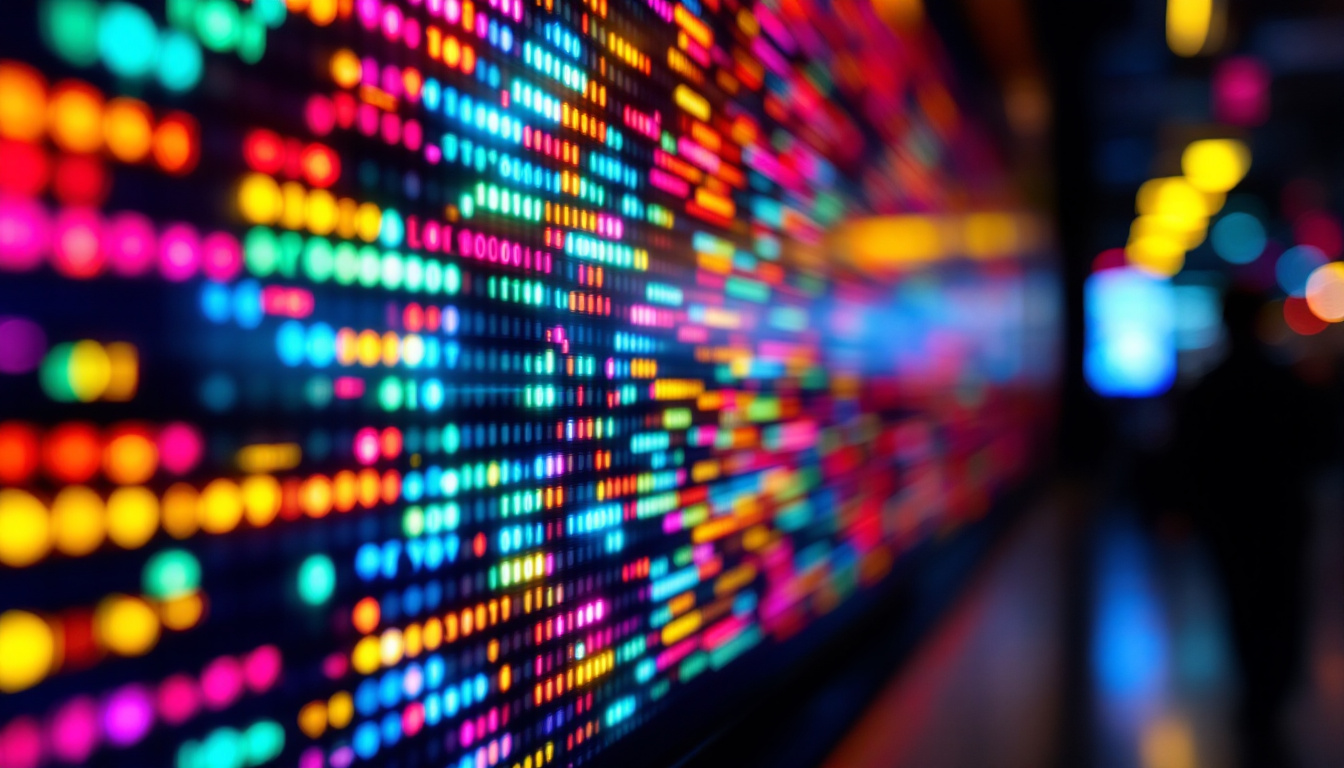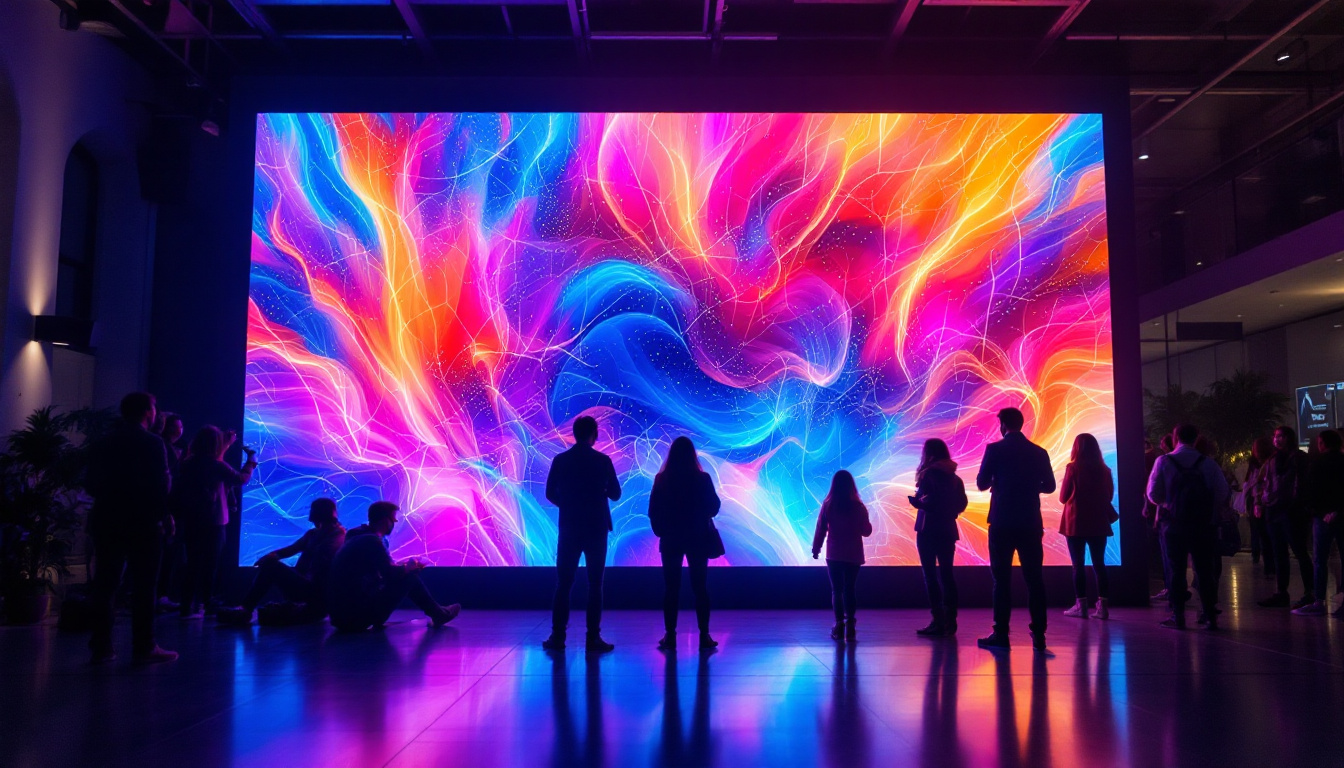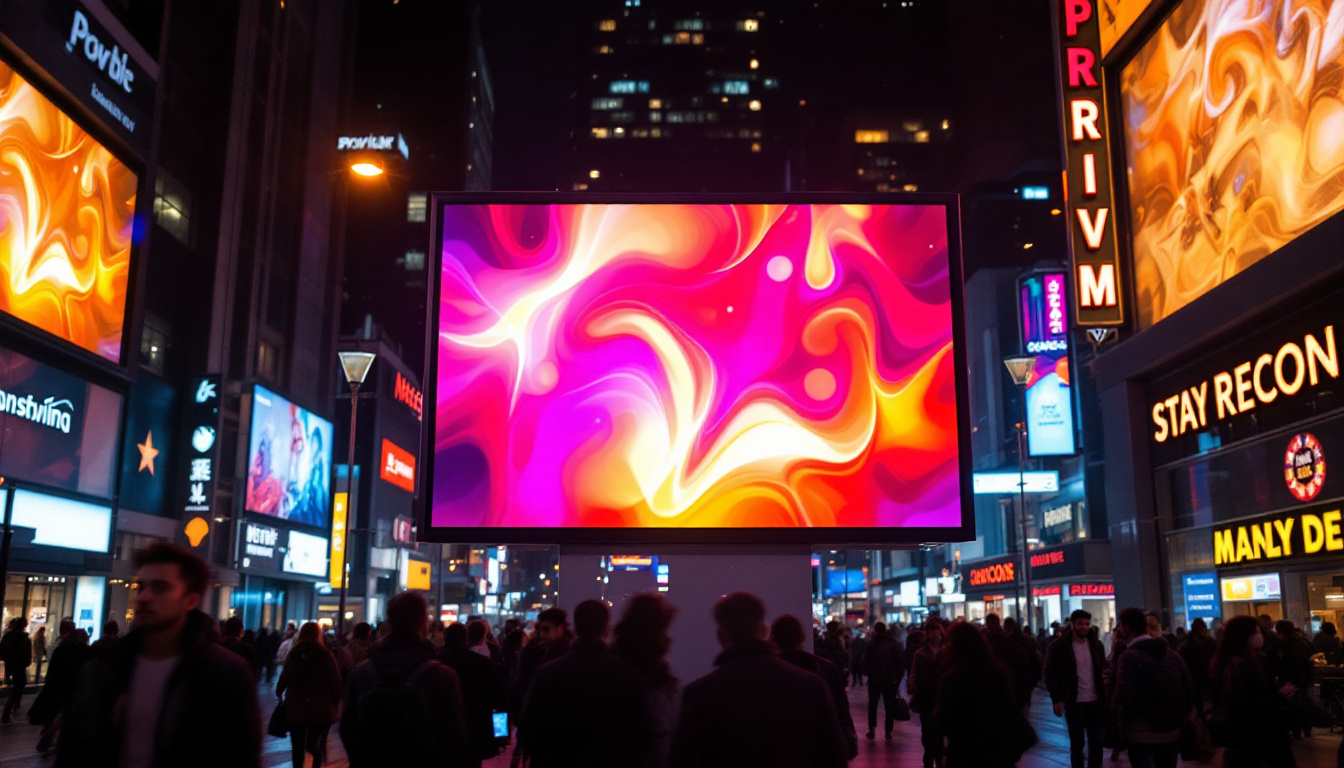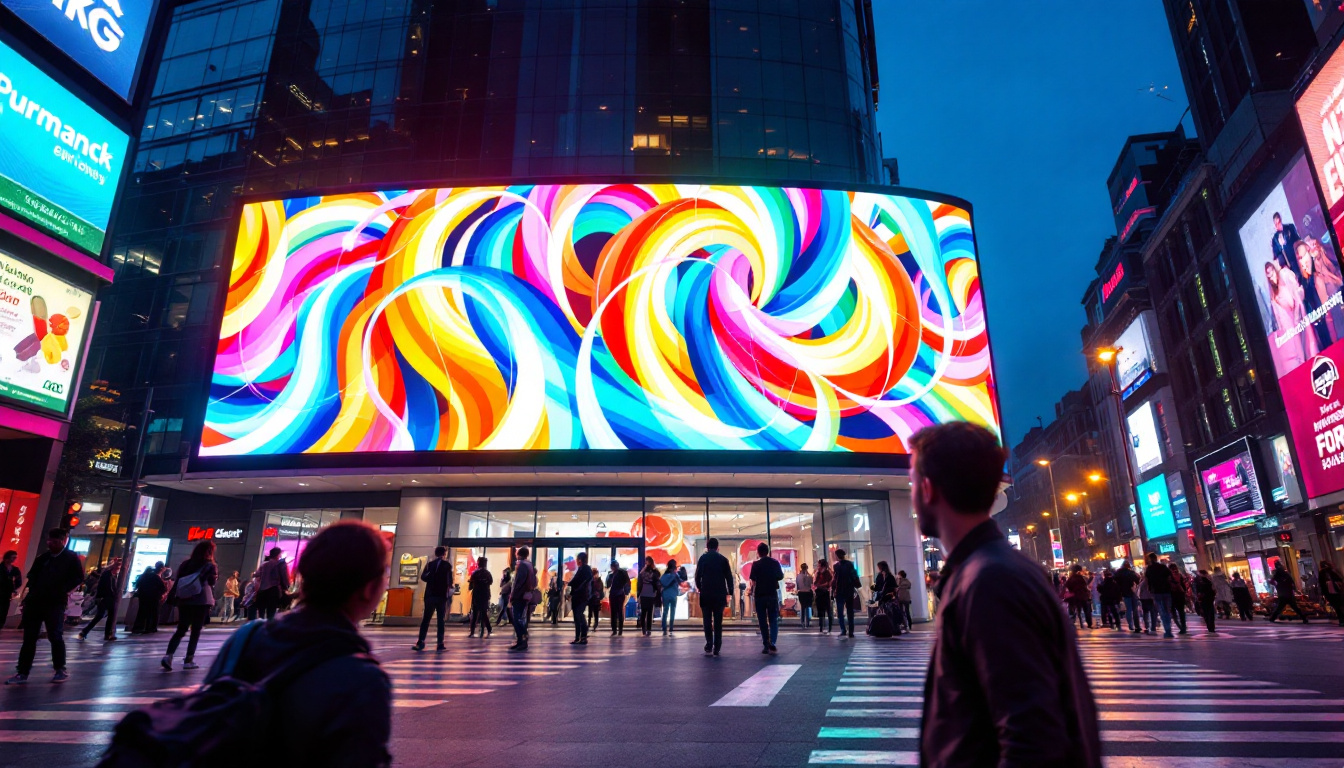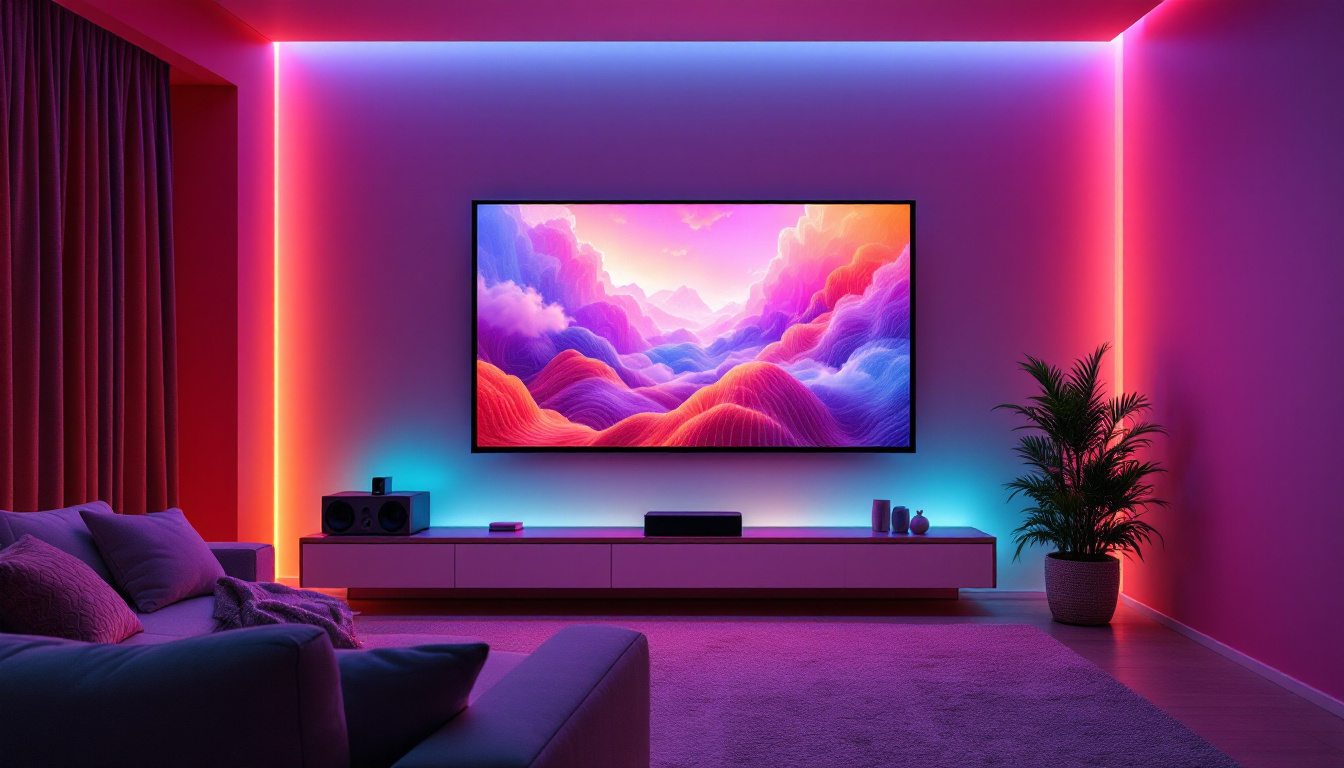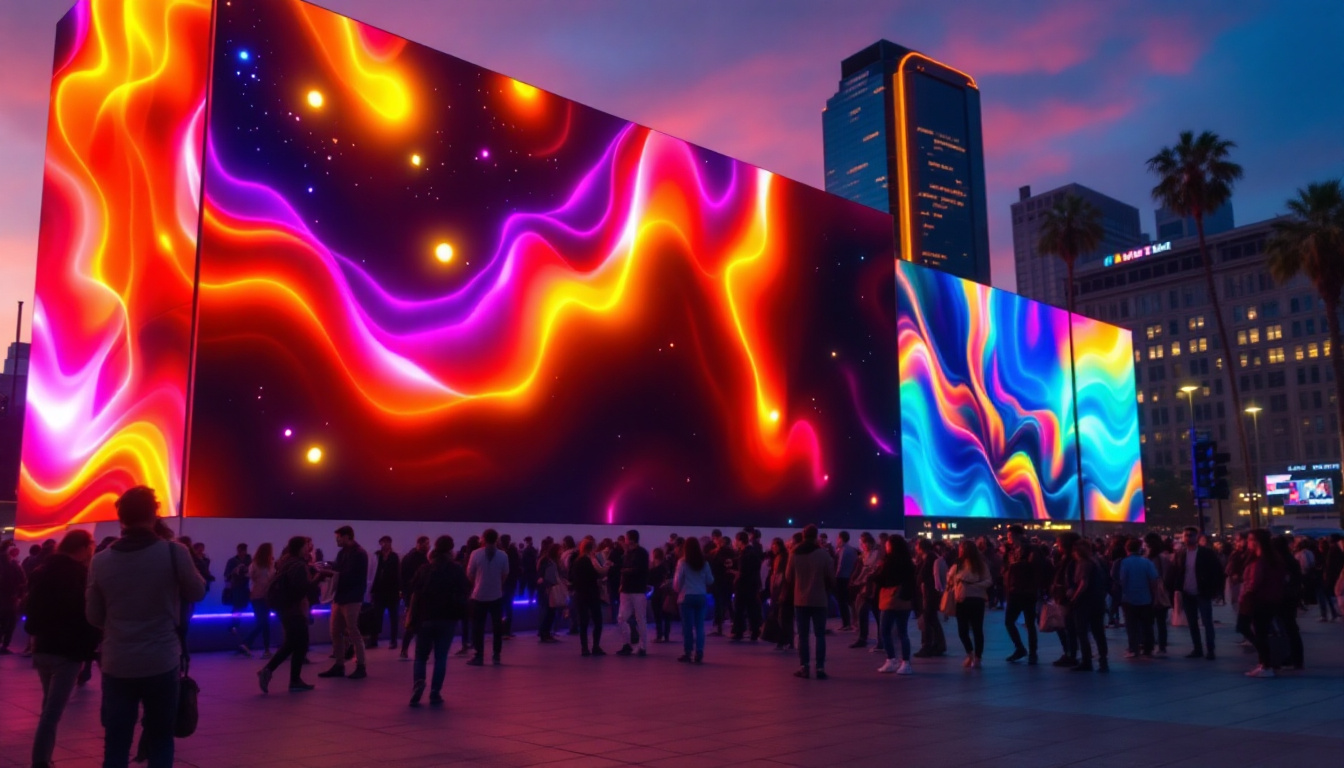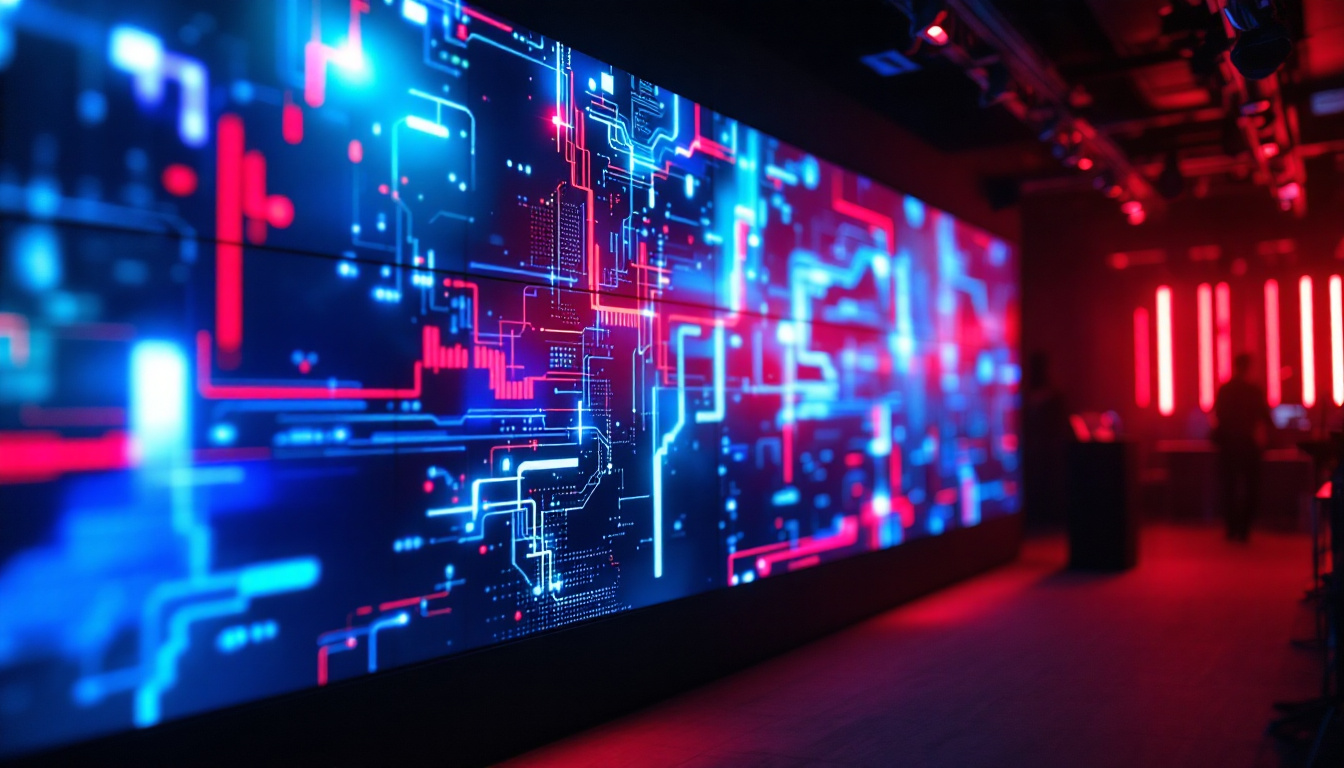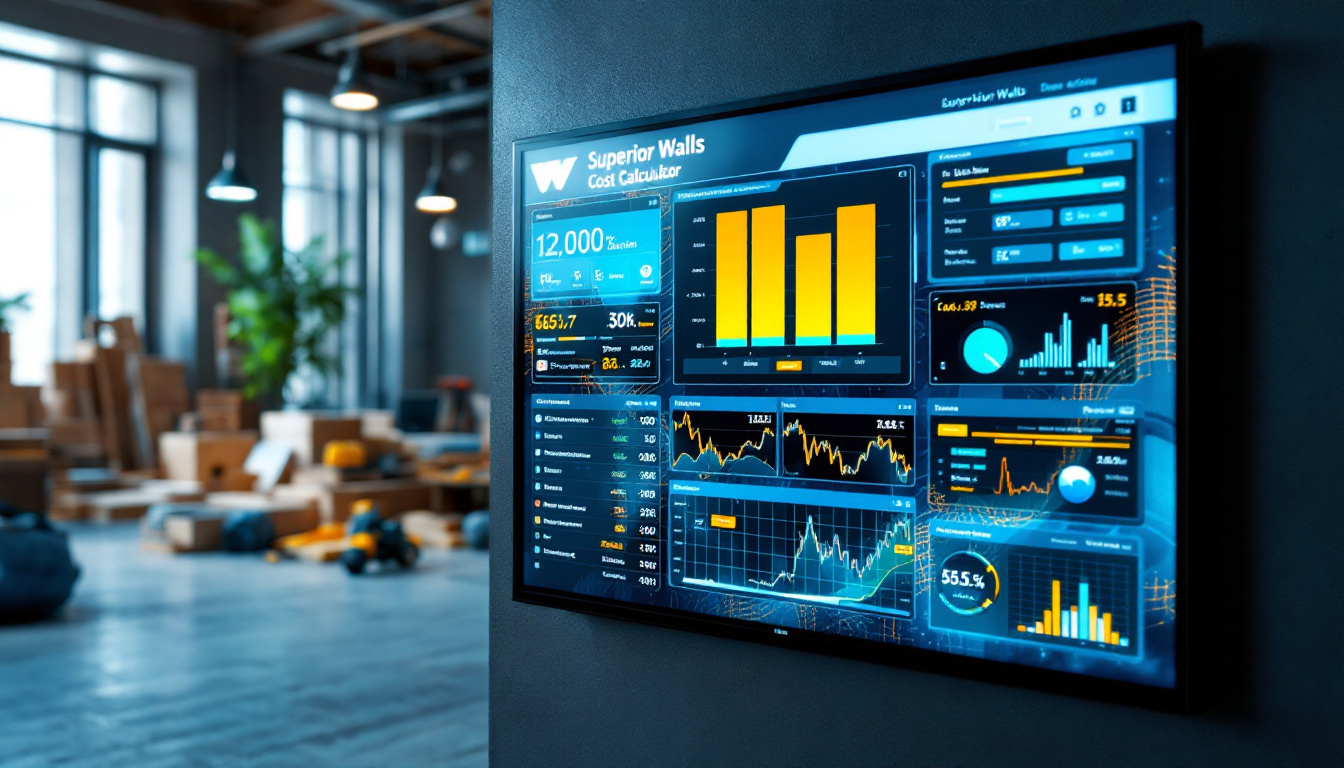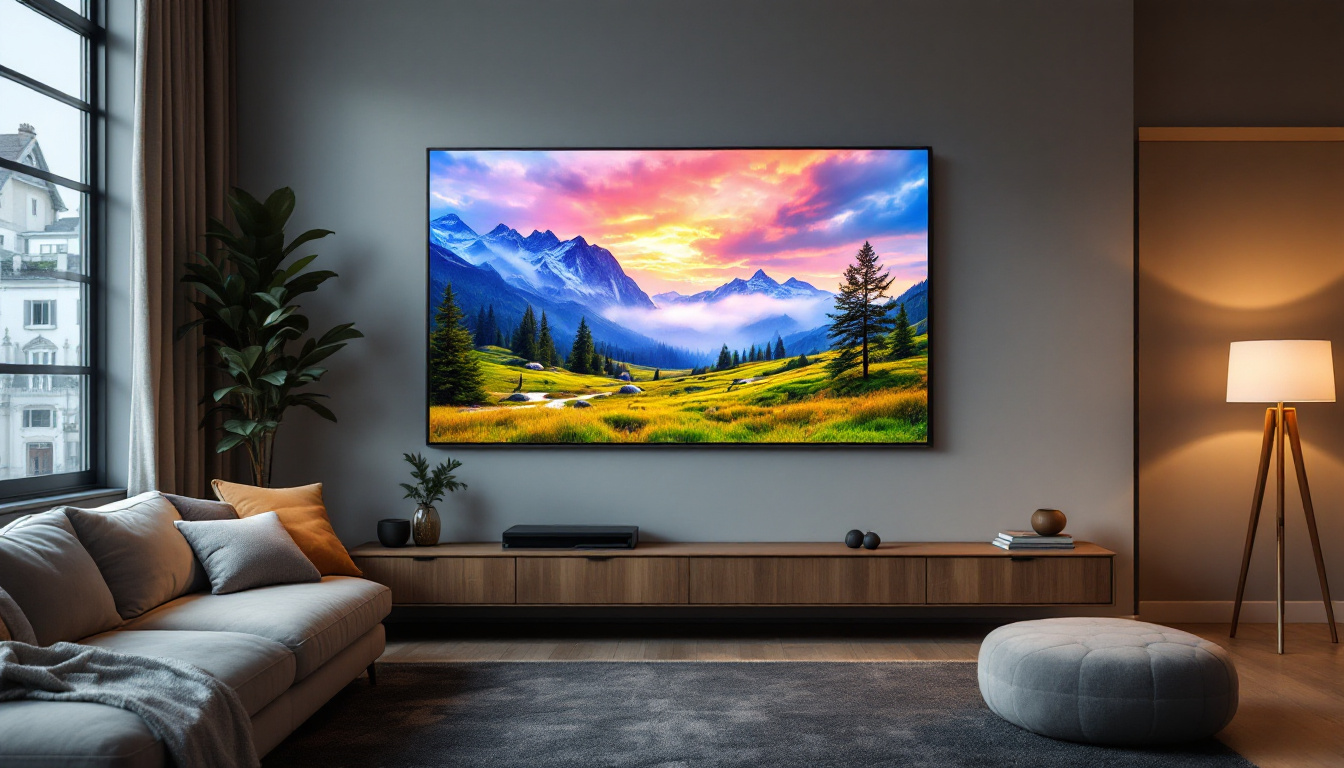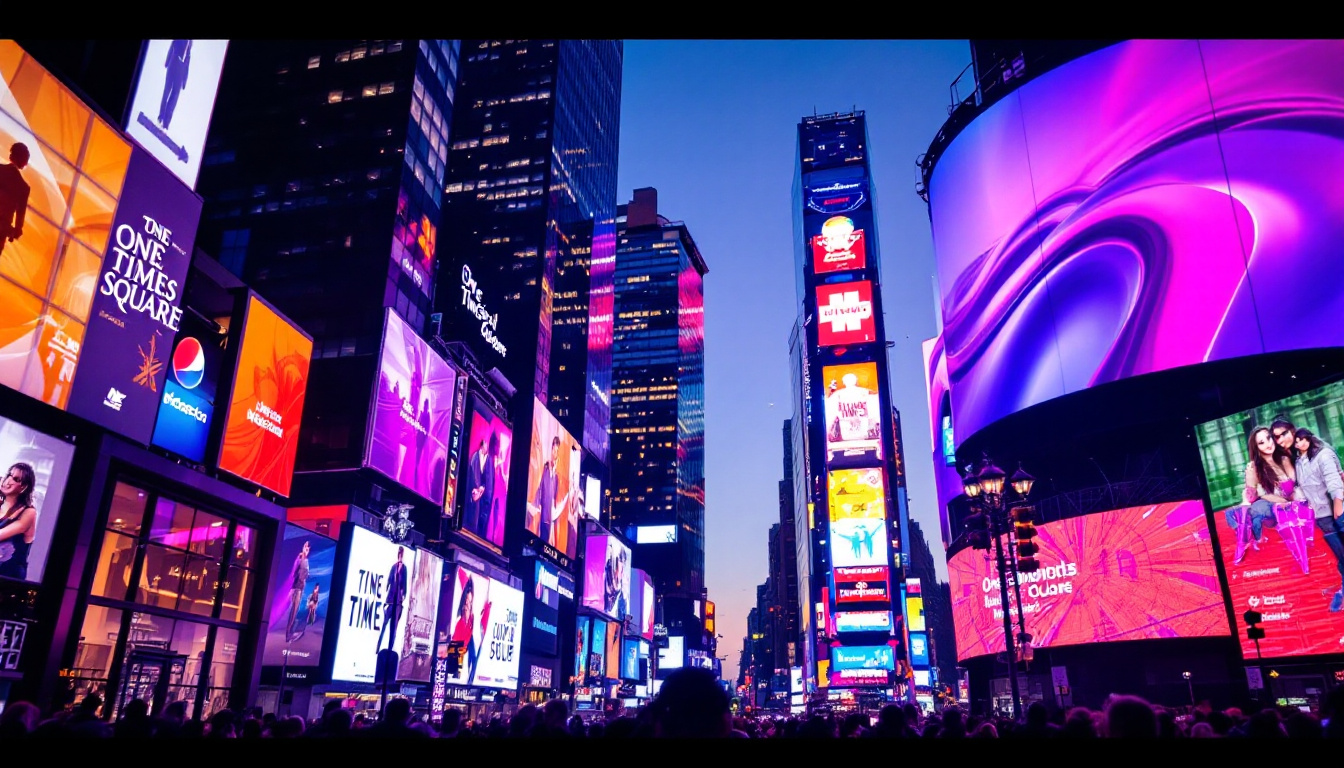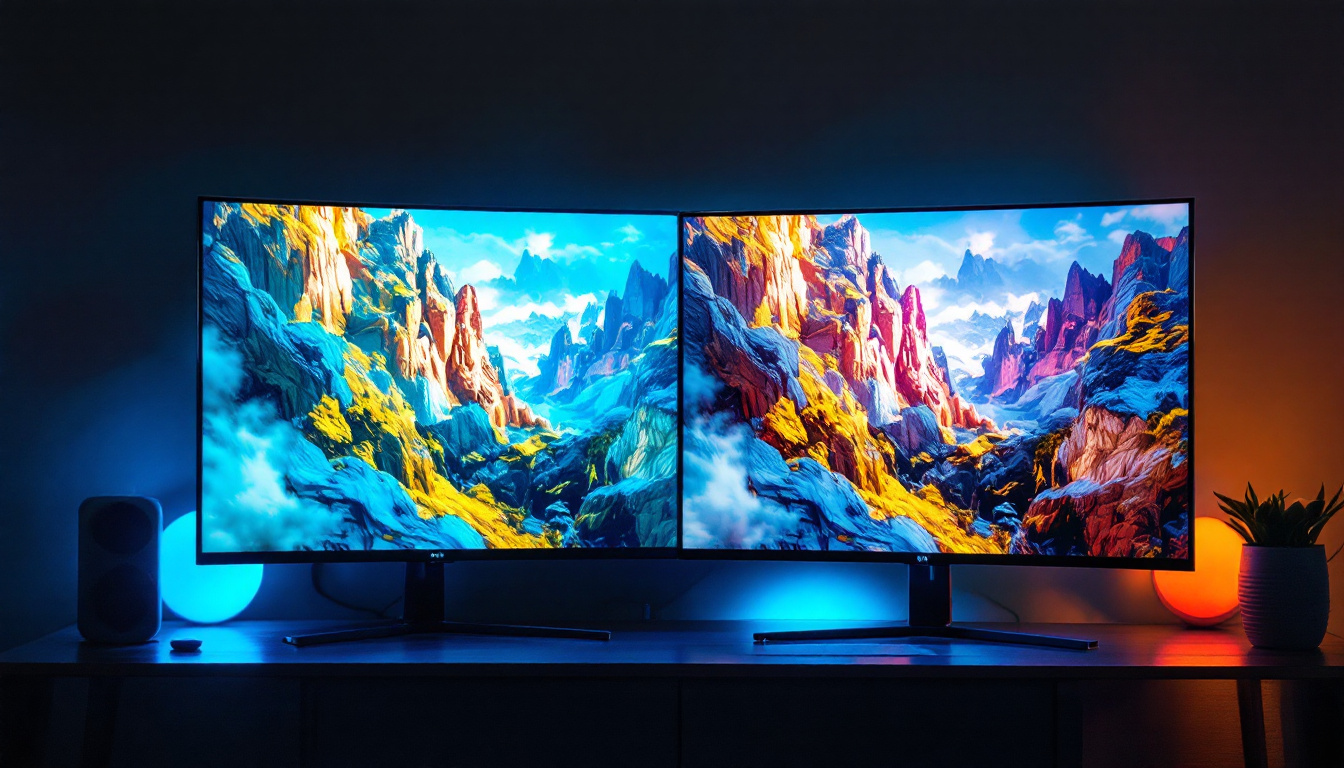The evolution of television technology has transformed the way audiences consume media. Among the various advancements, LED (Light Emitting Diode) displays have emerged as a dominant force in the market. Understanding how LED displays function and their impact on visual experience is essential for anyone looking to enhance their home entertainment setup. This article delves into the intricacies of LED displays, focusing on their pixel structure, advantages, and the technology behind them.
Understanding the Basics of LED Displays
LED displays utilize a series of light-emitting diodes to create images on the screen. Unlike traditional LCDs, which rely on fluorescent backlighting, LED technology offers improved brightness, color accuracy, and energy efficiency. To fully appreciate how LED displays work, it is crucial to understand the components that make up these screens.
The Role of Pixels in LED Displays
At the heart of every LED display lies the pixel, the smallest unit of a digital image. Each pixel is composed of sub-pixels, typically red, green, and blue (RGB). By varying the intensity of these sub-pixels, a wide spectrum of colors can be produced. The arrangement and density of these pixels determine the display’s resolution and overall image quality.
For instance, a Full HD display has a resolution of 1920 x 1080 pixels, while a 4K display boasts a resolution of 3840 x 2160 pixels. The higher the pixel count, the more detailed and sharper the image becomes, making pixel density a critical factor in visual clarity. Additionally, advancements in technology have led to the development of pixel technologies such as pixel shifting, which enhances the perceived resolution of displays by subtly shifting the pixels to create a more detailed image. This is particularly beneficial in high-motion scenarios, such as gaming or fast-paced video content, where clarity is paramount.
Types of LED Displays
There are several types of LED displays, each catering to different needs and preferences. The most common types include:
- Direct LED: In this type, LEDs are placed directly behind the screen, providing uniform brightness and better contrast.
- Edge-Lit LED: LEDs are positioned along the edges of the screen, allowing for a slimmer design but potentially uneven brightness.
- OLED: Organic Light Emitting Diode technology allows each pixel to emit its own light, resulting in deeper blacks and vibrant colors.
Each type has its own advantages and disadvantages, making it essential for consumers to consider their specific needs when selecting an LED display. For example, while OLED displays are celebrated for their stunning color reproduction and contrast, they can be more expensive and may suffer from burn-in issues if static images are displayed for prolonged periods. Conversely, Direct LED displays are often more affordable and provide excellent brightness levels, making them suitable for well-lit environments. Understanding these nuances can help consumers make informed decisions that align with their viewing habits and environmental conditions.
Moreover, the application of LED technology extends beyond just televisions and monitors. LED displays are widely used in advertising, public information systems, and even in automotive displays. The versatility of LED technology allows it to be adapted for various sizes and formats, from large outdoor billboards to compact screens in smartphones. This adaptability has made LED displays a popular choice across multiple industries, driving innovation and enhancing visual communication in everyday life.
The Advantages of LED Technology
LED displays have gained popularity for a variety of reasons. Their advantages extend beyond mere aesthetics, impacting performance and user experience significantly.
Enhanced Brightness and Contrast
One of the standout features of LED displays is their ability to produce brighter images compared to traditional LCDs. This enhanced brightness is particularly beneficial in well-lit environments, where reflections and glare can detract from the viewing experience. Furthermore, LED technology allows for improved contrast ratios, enabling deeper blacks and more vivid colors.
This capability is especially noticeable in high-definition content, where the difference between dark and light areas of the image becomes more pronounced, enriching the overall viewing experience. In addition, the color accuracy of LED displays is superior, making them ideal for professionals in graphic design and photography who require precise color representation. The ability to showcase a wider color gamut ensures that images are not only bright but also true to life, enhancing the visual storytelling that is so crucial in media production.
Energy Efficiency
Another significant advantage of LED displays is their energy efficiency. LED technology consumes less power compared to traditional displays, making them a more environmentally friendly option. This reduced energy consumption not only lowers electricity bills but also contributes to a smaller carbon footprint.
As energy costs continue to rise, the efficiency of LED displays becomes an increasingly appealing factor for consumers looking to invest in new technology. Additionally, the longevity of LED displays further enhances their cost-effectiveness; with lifespans often exceeding 50,000 hours, users can enjoy years of reliable performance without the frequent need for replacements. This durability not only saves money in the long run but also minimizes waste, aligning with the growing trend towards sustainable living. As businesses and consumers alike become more conscious of their environmental impact, the shift towards LED technology represents a significant step in promoting greener practices in the tech industry.
How LED Displays Work
Understanding the inner workings of LED displays can provide insights into their performance and capabilities. The technology behind LED displays involves several key components and processes that work together to produce high-quality images.
The LED Backlighting Process
In LED displays, the backlighting process is crucial for image production. Direct LED displays utilize an array of LEDs placed behind the screen to illuminate the pixels. This arrangement allows for local dimming, where specific areas of the screen can be dimmed or brightened independently, enhancing contrast and overall image quality.
On the other hand, edge-lit LED displays use LEDs positioned along the edges of the screen. Light is then distributed across the panel using a light guide plate. While this design allows for thinner screens, it may result in less uniform brightness compared to direct LED displays.
Color Calibration and Processing
Color accuracy is vital for an immersive viewing experience. LED displays employ advanced color calibration techniques to ensure that the colors produced on the screen closely match the original content. This process involves adjusting the intensity of the RGB sub-pixels to achieve the desired color balance.
Additionally, many modern LED displays come equipped with image processing technologies that enhance picture quality. These technologies can upscale lower-resolution content, reduce motion blur, and improve overall sharpness, making them suitable for a wide range of viewing scenarios.
Comparing LED Displays to Other Technologies
While LED displays are popular, they are not the only option available on the market. Comparing LED technology with other display types, such as OLED and traditional LCD, can help consumers make informed decisions.
LED vs. OLED
OLED displays have gained traction for their ability to produce true blacks and vibrant colors, thanks to their self-emissive nature. Unlike LED displays, where backlighting is required, each pixel in an OLED display emits its own light. This results in unparalleled contrast ratios and color accuracy.
However, OLED displays can be more expensive and may suffer from burn-in issues, where static images can leave a permanent mark on the screen over time. For consumers prioritizing deep blacks and color vibrancy, OLED may be the preferred choice. Conversely, LED displays offer a more budget-friendly option with excellent performance in bright environments.
LED vs. Traditional LCD
Traditional LCD displays utilize fluorescent backlighting, which can result in less vibrant colors and lower contrast ratios compared to LED displays. LED technology has largely surpassed traditional LCDs in terms of performance, energy efficiency, and overall image quality.
As a result, consumers are increasingly opting for LED displays, as they provide a more immersive viewing experience without the drawbacks associated with older LCD technology.
Future Trends in LED Display Technology
The world of LED displays is continually evolving, with advancements in technology promising even greater improvements in performance and user experience. Several trends are shaping the future of LED displays.
MicroLED Technology
MicroLED technology represents a significant leap forward in display innovation. This technology involves using microscopic LEDs to create individual pixels, resulting in exceptional brightness, contrast, and color accuracy. MicroLED displays can achieve higher resolutions without the drawbacks of traditional OLED, such as burn-in issues.
As MicroLED technology matures, it is expected to become a game-changer in the display market, offering consumers a new standard for visual quality.
Smart Features and Connectivity
As televisions become increasingly integrated with smart technology, LED displays are also evolving to include advanced connectivity options and smart features. Many modern LED displays now come equipped with built-in streaming services, voice control capabilities, and compatibility with smart home systems.
This integration enhances the user experience, allowing for seamless access to content and improved interactivity. As technology continues to advance, consumers can expect even more innovative features in future LED displays.
Conclusion
LED displays have revolutionized the way audiences experience visual content, offering enhanced brightness, energy efficiency, and superior image quality. Understanding the intricacies of LED technology, from pixel structure to advanced processing capabilities, can help consumers make informed choices when selecting a display for their home or business.
As technology continues to evolve, LED displays will likely remain at the forefront of visual innovation, paving the way for even more immersive and engaging viewing experiences. Whether considering an upgrade or simply exploring options, the world of LED displays offers a plethora of choices to suit diverse needs and preferences.
Discover LumenMatrix’s Advanced LED Display Solutions
Ready to elevate your visual experience with the latest in LED display technology? Look no further than LumenMatrix, a pioneer in crafting dynamic and innovative LED displays for every setting. From the immersive Indoor LED Wall Display to the vibrant Outdoor LED Wall Display, and from the mobile adaptability of Vehicle LED Displays to the sleek design of LED Poster Displays, LumenMatrix has a solution tailored to your needs. Embrace the future of visual communication with our LED Sports Displays, interactive Floor LED Displays, and the versatility of Custom and All-in-One LED Display options, including the cutting-edge LED Transparent Display. Check out LumenMatrix LED Display Solutions today and transform how you share your message with the world.

